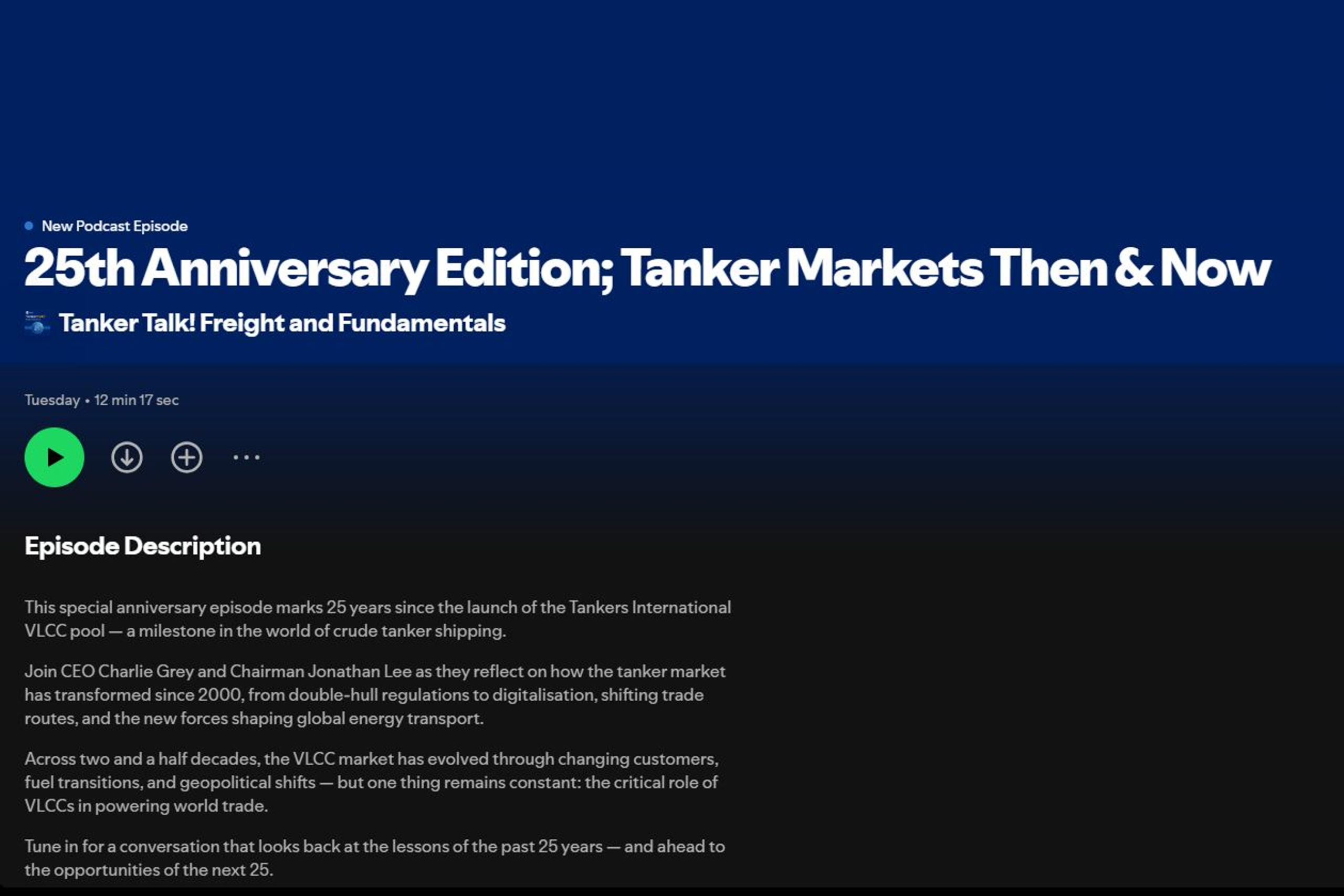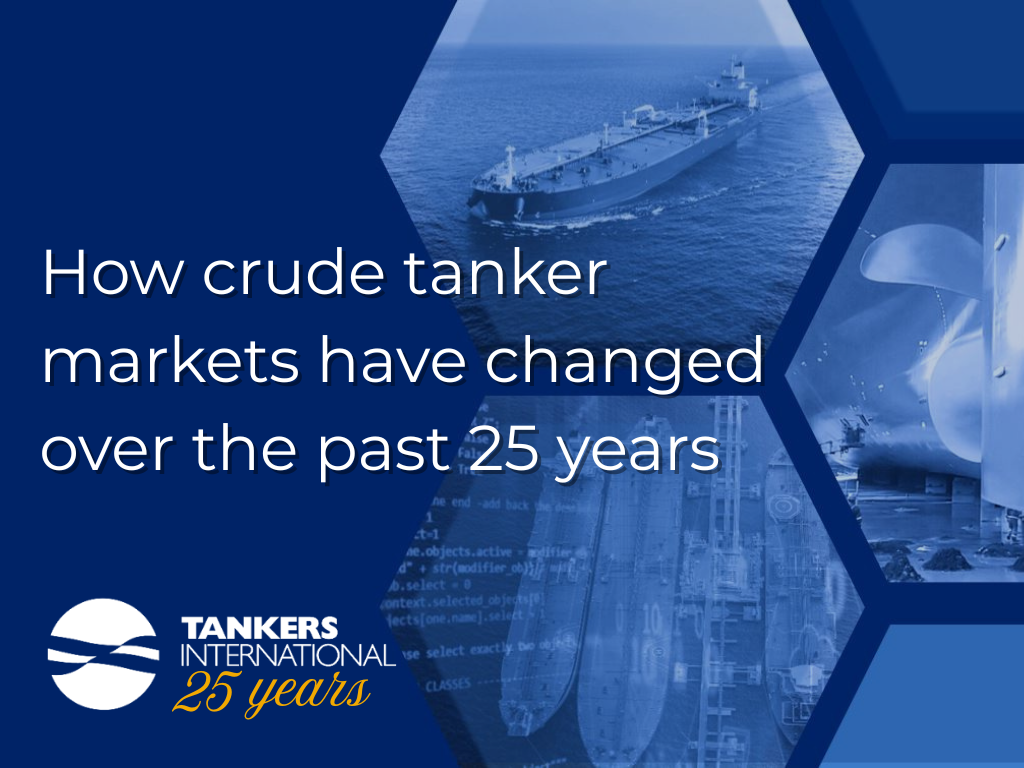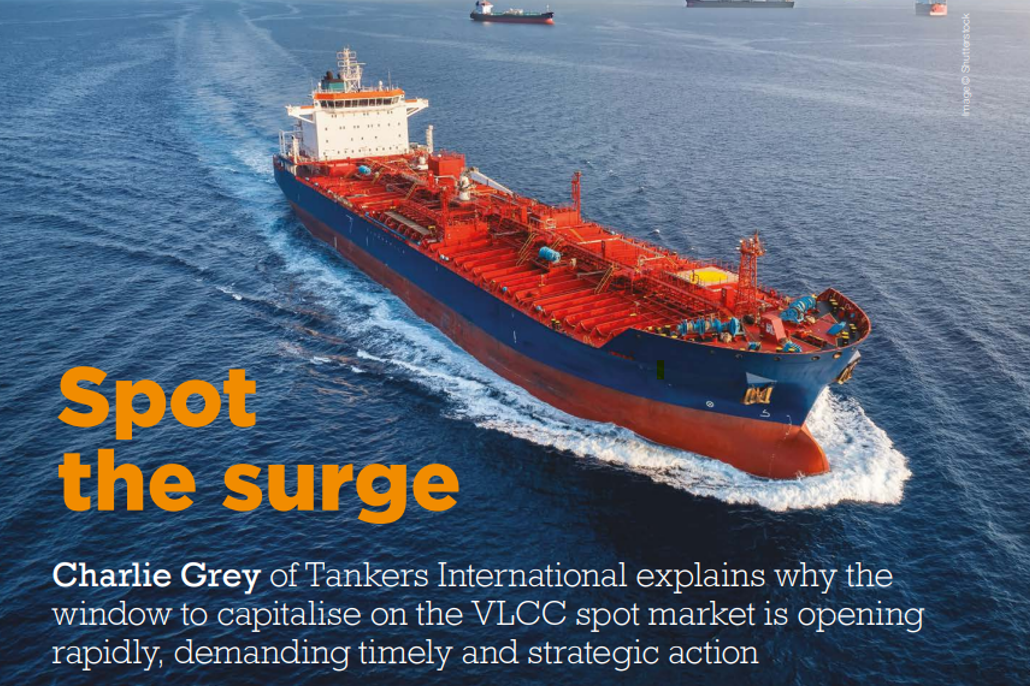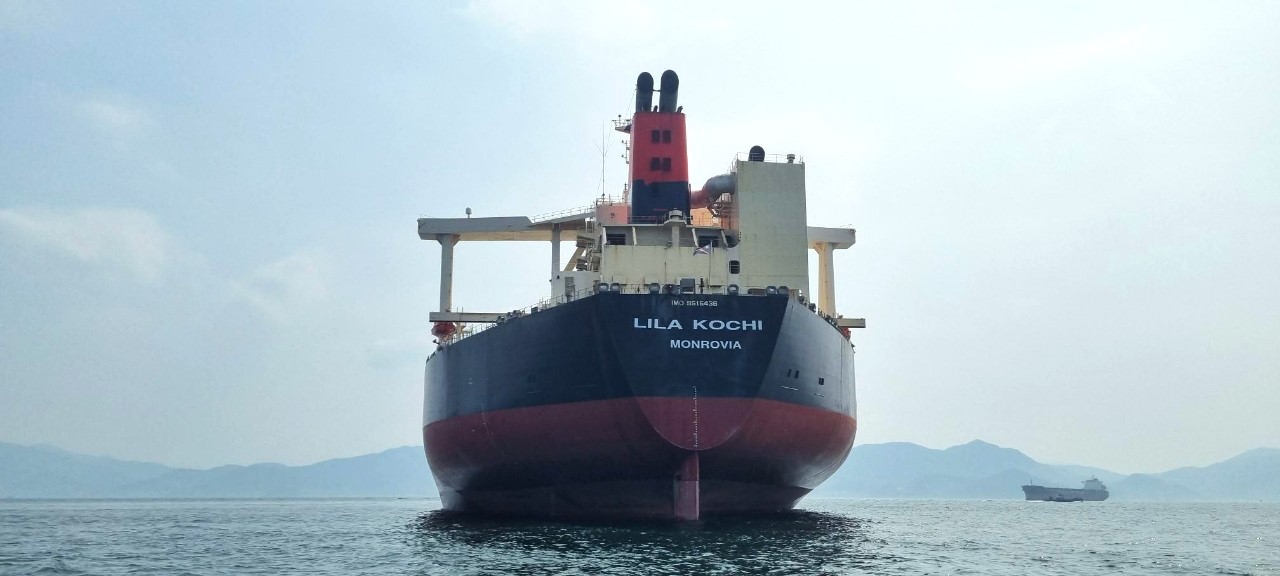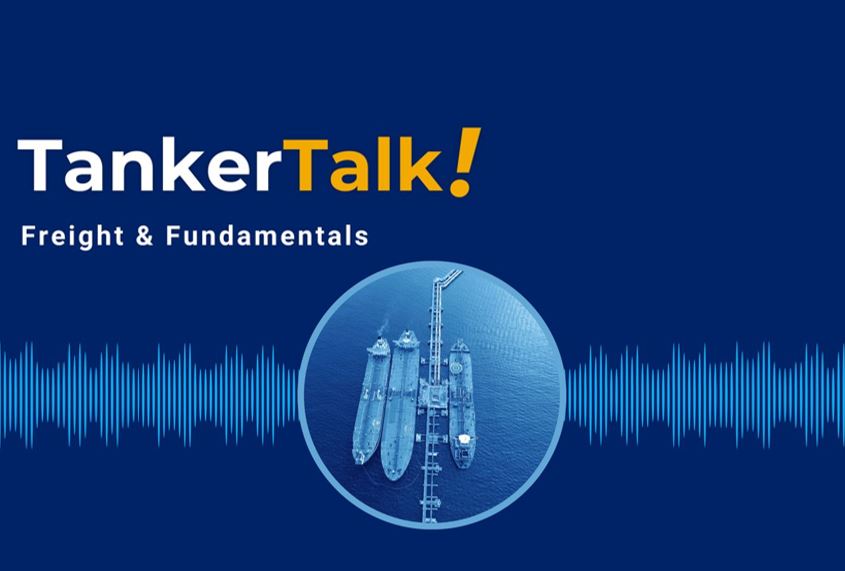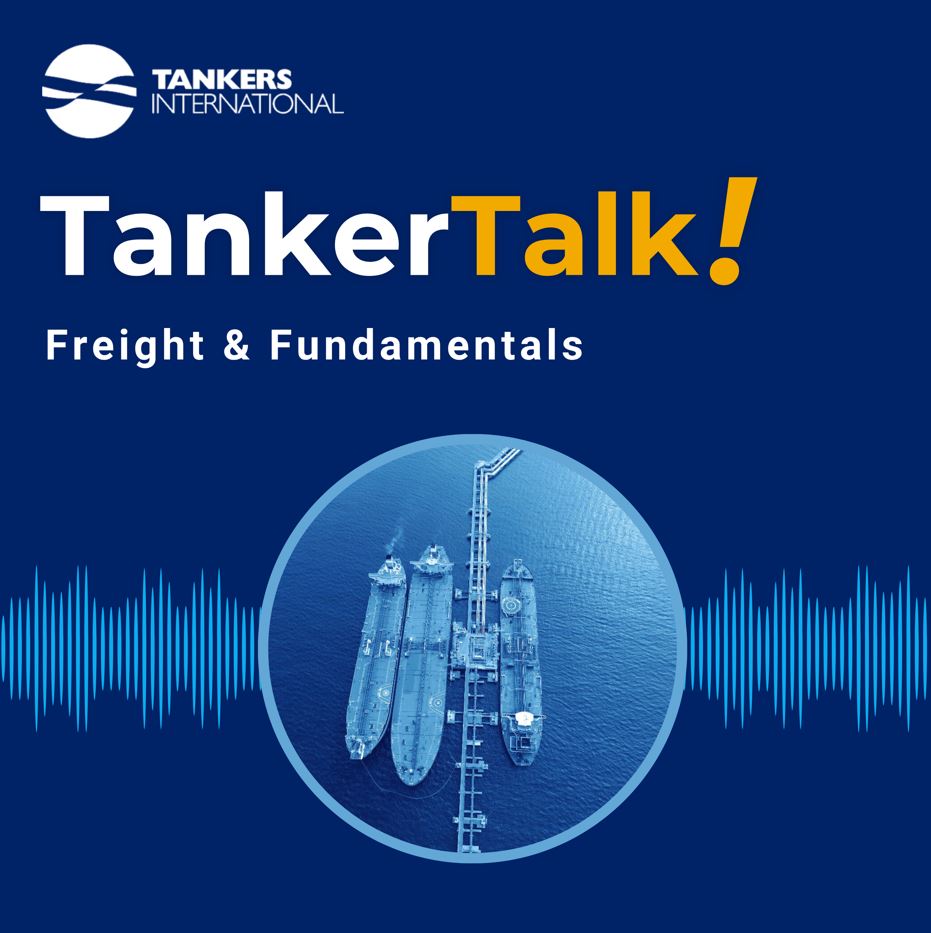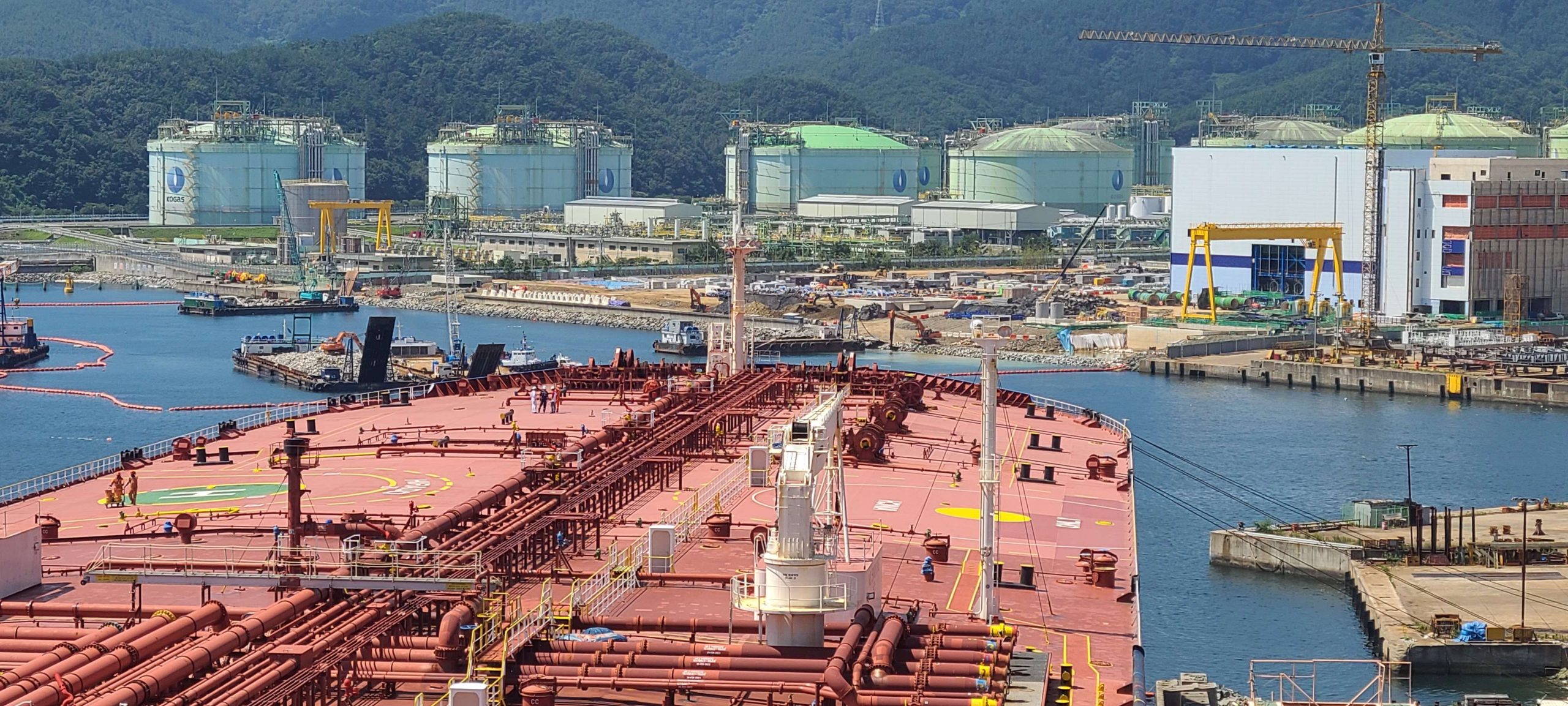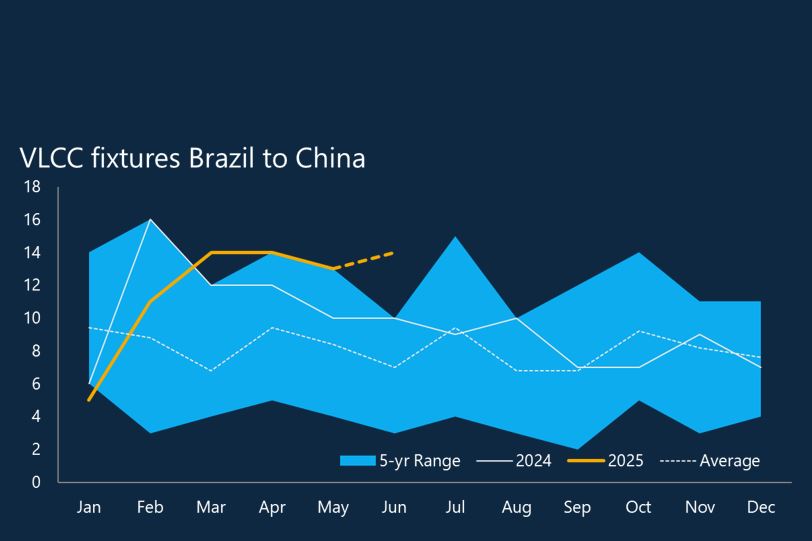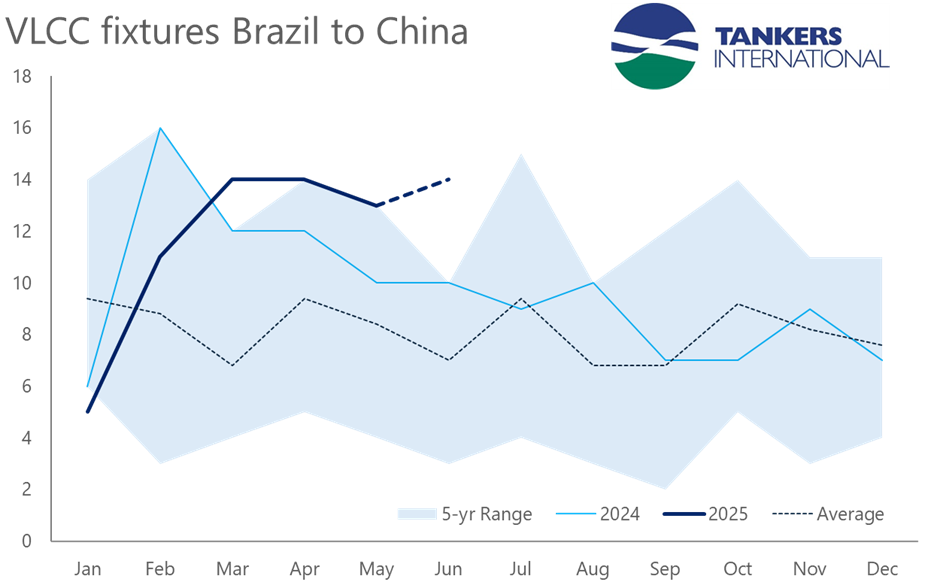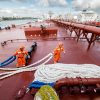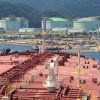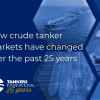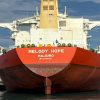
The VLCC market is currently booming and driving shipping’s strongest earnings performance in over two years. Spot earnings are reaching $100,000 per day on key routes and analysts suggest this surge could reshape tanker deployment strategies well into 2026.
Freight markets have surged, powered by a buoyant crude market, resurgent OPEC+ production, and tightening tonnage capacity. For VLCC owners, this marks not just a rally, but a key turning point, and one that rewards those who remained committed to the spot market.
The OPEC+ catalyst
OPEC+’s accelerated return to higher output has fundamentally reshaped tanker demand in 2025. After months of gradual adjustments, the alliance has fast-tracked its production increases over the summer, fully restoring the first tranche of voluntary production cuts by September, far sooner than anticipated.
The implications are clear; more barrels result in more tonne-miles, which leads to more VLCC demand.
The Middle East Gulf remains the epicenter of this supply growth. With the majority of the region’s crude and condensate volumes transported on VLCCs, and a significant share of OPEC+’s incremental output originating from the Middle East, each additional cargo translates directly into stronger long-haul utilization, particularly into Asia.
As OPEC+ producers complete their rebalancing after earlier oversupply and the Middle East moves beyond its seasonal demand peak, more crude is finding its way into export markets. The rise in outbound flows is fuelling fresh demand for VLCCs resulting in higher fixture activity.
Spot market momentum and the case against long-term fixing
Despite these bullish outlooks, many owners earlier this year opted for longer time charters, seeking income stability. But as spot rates have surged, those fixed positions now look increasingly conservative.
At Tankers International, we’re seeing growing recognition that commercial flexibility is now the most valuable and profitable asset. Pooling allows owners to stay active in a rising spot market while benefiting from shared scale, advanced chartering intelligence, and active voyage optimization.
The Tankers International VLCC Pool’s recent performance highlights the case against long-term time charters. By remaining strategically positioned in high-demand load regions, the pool’s vessels have been able to capture and maintain the upturn, outperforming static, fixed-rate contracts.
Pooling is the solution to commercial agility in a fast-moving market
In today’s volatile market, pooling has evolved from a tactical alternative to time charters into a strategic operating model. By participating in a tanker pool, owners can maintain spot market exposure while sharing risk and reward across a larger, diversified fleet.
The pooling model offers exposure with stability, capturing spot market upside through shared and averaged returns adjusted to your vessel’s performance profile. It combines scale and intelligence by leveraging a centralized chartering desk that utilize real-time fixture data and predictive analytics to optimize vessel positioning. At the same time, it provides flexibility and liquidity, allowing pool participants to adjust their level of involvement based on market outlook, vessel schedules, or drydock cycles, all while maintaining steady cash flow through structured, regular distributions.
Beyond commercial performance, pooling also supports compliance readiness. Tankers International’s fleet-wide strategy integrates CII optimization, EU ETS alignment, and emissions performance, helping owners sustain competitiveness as regulatory pressures rise alongside freight rates.
A market rewarding agility
The VLCC surge is more than a temporary spike, it’s a market recalibration. The accelerated supply restoration from OPEC+, increasing tonne-miles, and an aging fleet facing diminishing utilization all point toward a strong market heading into 2026.
Owners with vessels tied up on multi-year time charters will likely watch this rally from the sidelines. Those active in the spot market, especially through the structure of a tanker pool, are now reaping the rewards and positioning for what could be a prolonged super-cycle.
In an environment where freight rates can double in a quarter, agility is the new stability. The VLCC market’s momentum is real, and pooling remains the smartest, most strategic way to capture it.
Charlie Grey is CEO of Tankers International.
Published in The Maritime Executive on 11 November 2025: https://maritime-executive.com/editorials/as-vlcc-market-surges-agility-is-the-new-stability


